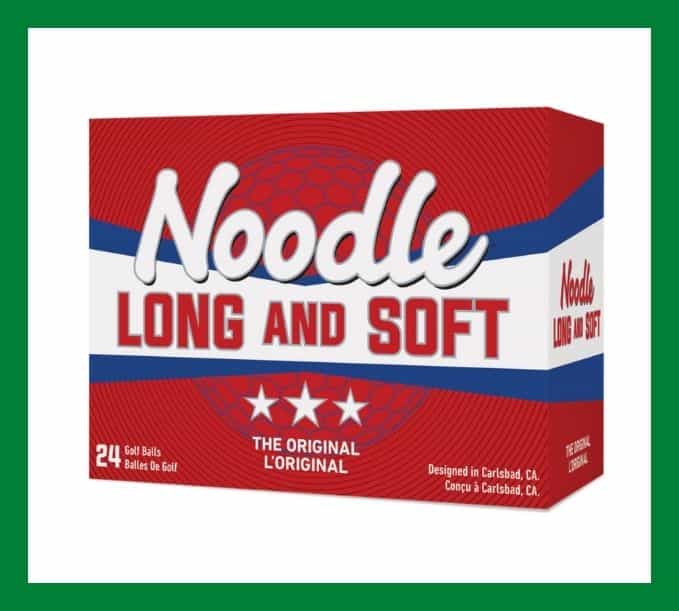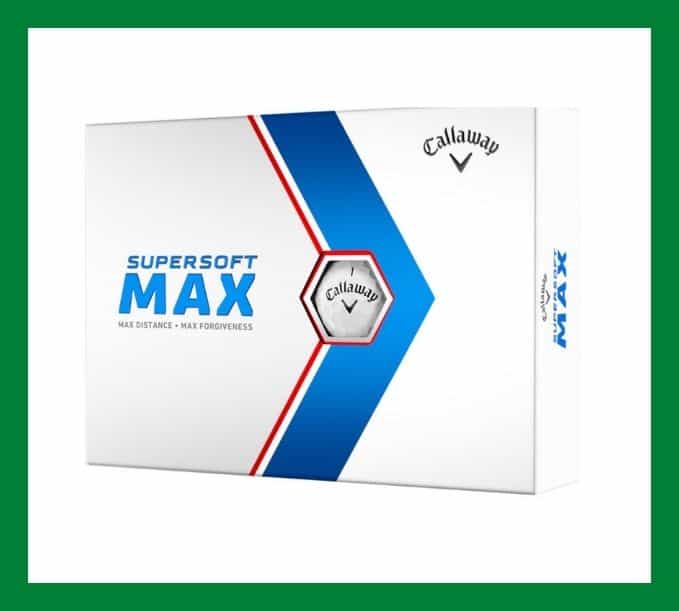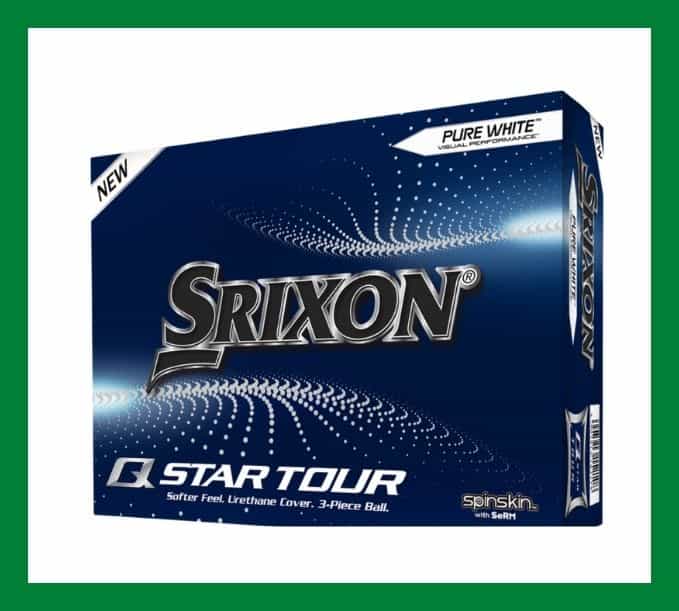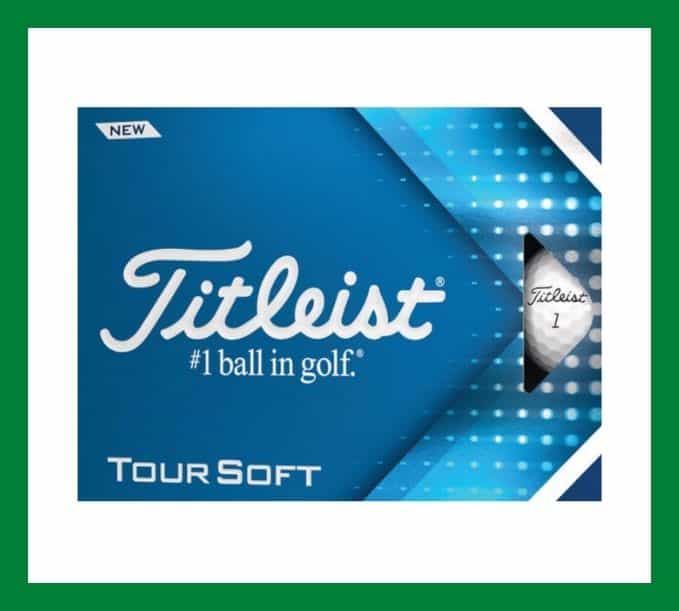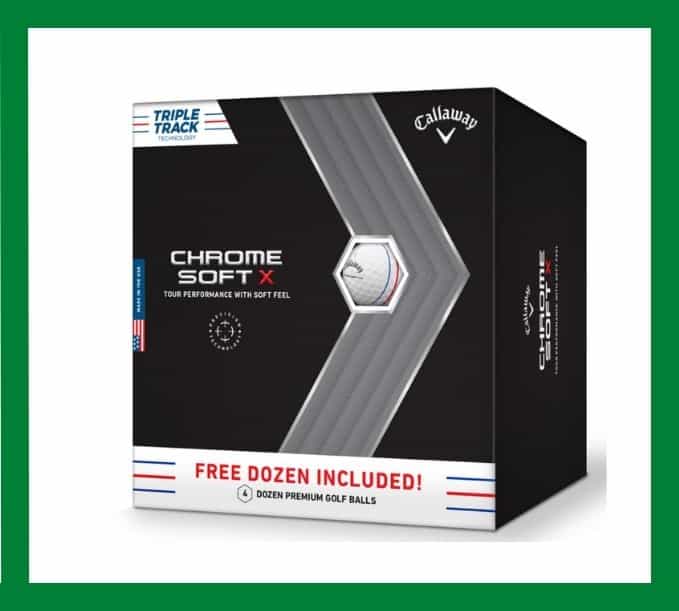The Best Low Compression Golf Balls: Get Maximum Distance and Control
While many might think that golf is just down to the swing of a club, we know better. Not only do you need to have significant skill both in aim and striking ability, you need to choose the best equipment that you can. Choosing the kind of golf ball you use plays as crucial a role as equipment choice and performance on the links than your clubs.
The best low compression golf balls will spring better against your club, especially if you have a slower swing speed, and can eke out an extra few yards on the course. Given a reasonable price point and the potential to better your score, they may be worth trying. It might even be a game-changing move. In this article, we’ll be taking a look at five of the best low compression golf balls. Specifically, we’ll cover:
Let’s get into it!
The best low compression golf balls will spring better against your club, especially if you have a slower swing speed, and can eke out an extra few yards on the course. Given a reasonable price point and the potential to better your score, they may be worth trying. It might even be a game-changing move. In this article, we’ll be taking a look at five of the best low compression golf balls. Specifically, we’ll cover:
- The pros and cons of each ball in play, including feel, spin control, and durability
- How much they are, and if they’re worth it
- Expert tips and analysis of the balls
Let’s get into it!
TaylorMade Noodle Long & Soft
|
Spin Control
The Noodle Long & Soft ball has an ionomer coating, providing additional control when dealing with spin. However, they’re not necessarily as easy to control as some other balls. This ball is a great option for golfers who are looking for a low compression golf ball that still offers great spin control. The ionomer coating helps to give extra control when dealing with spin, although some golfers who are used to more easily controlled balls may find it to be a bit more difficult to handle. Nevertheless, the Noodle Long & Soft is a great choice for those looking for a low compression ball that still offers great spin control. Feel and Responsiveness The ball doesn’t offer quite as much feel as some other offerings. Although this isn’t great for more advanced golfers, a low-compression ball is typically used by those who have a less developed game. The responsiveness of the ball is also important when it comes to performance. While the ball may not offer as much feel as other options, it is still a great choice for those with a less developed game. The responsiveness ensures that the ball remains easy to hit and the low compression helps to increase distance, making it a great choice for those who are still honing their skills. Durability and Longevity The Long & Soft has fairly good durability, with the coating certainly helping with this. However, hard surfaces such as tree roots or concrete paths tend to scratch or otherwise damage the ball. Value for Money These golf balls are a supreme value, with each ball costing less than 1 dollar if you’re picking up a pack from PGA Golf Superstore. This means that you don’t have to worry too much about losing a ball, or four, in the rough. Expert Opinion With such a great price point, these balls are perfect for casual golfers who don’t want to pay a fortune for a new box every time they run out of balls. These low compression golf balls are also a great choice for amateur golfers who want to practice their game and perfect their swing without spending too much. With their low cost, these balls are perfect for trying out different clubs or practicing different shots with minimal financial investment. Whether you’re a beginner or have been playing for years, these balls are a great addition to your golf bag! |
Callaway Supersoft MAX
|
Spin Control
Callaway’s offering is quite a low-spin one, which is awesome for golfers who aren’t too concerned with precision. However, it does mean that you will have more difficulty with precise ball placement. Feel and Responsiveness The ball feels quite soft, to the extent that those with even a moderate swing speed may notice. Durability and Longevity Faster swings tend to mark up the balls a little, but seeing as they are designed for those with slower swing speeds this shouldn’t be too much of an issue. Luckily these marks are typically not dents, but rather just cosmetic changes. Value for Money A dozen of these from the manufacturer will set you back about 25 dollars. This means they’re not the cheapest we’ll cover, but not outrageously expensive either. Expert Opinion Again, this is a great ball for the casual golfer, and potentially a better choice for beginners with weak swings compared to those with a little bit of experience and a slightly stronger swing under their belt. |
Srixon Q-Star Tour
|
Spin Control
The Srixon’s urethane coating helps to give it a high degree of spin, and that translates to a higher degree of control on the green. Feel and Responsiveness This ball is not your traditional soft ball - it’s closer to medium firmness and fills a similar role to the Callaway Chrome Soft X above. Durability and Longevity The durability of the ball is reasonable, again a product of the urethane coating choice. Value for Money At around $33 per dozen, this is a great deal for a urethane ball – if a little more expensive than some of the other options in this article. Expert Opinion The Srixon Q Star is more geared toward those with a mid-to-low handicap and a moderate swing speed rather than beginners or those with relatively slow speeds. However, it does perform excellently in this role. |
Titleist Tour Soft
|
Spin Control
The ball spins quite a bit, which can be good if that’s what you’re looking for. However, it does mean that precision shots will likely be a bit more difficult to make. Feel and Responsiveness Opinions vary as to the appeal of the ball’s soft feel and degree of responsiveness. Like many of the balls we’re covering, these will respond best to a slower strike speed. Durability and Longevity The ball has a durable ionomer coating on it, meaning that in regular use you shouldn’t find many issues with durability. Value for Money At $37/dozen, this is a step up from the last two options in terms of price per ball. However, it’s still not an unreasonable price to pay. Expert Opinion This ball has quite the spin on it, so you’ll want to make sure you know what you’re signing up for. It’s still a good value for the money. |
Callaway Chrome Soft X
|
Spin Control
While the spin control is lacking in our other choices, the Callaway Chrome Soft X breaks away from this model with excellent spin control – from close range, at least! Feel and Responsiveness This ball is definitely not the softest in our selection. It might arguably be considered a hard ball, with a compression rating of 95 on average. The triple line makes it a great ball for those that like to use the lines when putting. Durability and Longevity The ball seems to be slightly less durable than some of the others we’ve covered, but that might be due to the fact that it’s targeting golfers with a faster average swing. Value for Money These balls are definitely towards the higher end of the price range, with a box of a dozen going for $50 from the manufacturer. Expert Opinion These are probably best for the golfer with a bit of experience, who might be looking to graduate from softer golf balls. You’ll also want to be sure that you’re not prone to losing them, given the higher price point. |
More Golf Ball Info
What is Golf Ball Compression?
Golf ball compression is an important factor to consider when choosing a golf ball. Compression is a measure of how much the ball will compress when struck by the club. For those with a faster swing speed, golf balls with higher compression, will feel harder and travel farther. For those with a slower swing speed, low compression golf balls are the way to go. Low compression golf balls are designed to be softer and easier to compress on impact, resulting in a more optimal launch angle, higher spin rates and greater distance. Golf science has a great video on golf ball compression if you want to learn more.
Who Should Use a Low Compression Golf Ball?
Low compression golf balls are a great option for golfers of all skill levels looking to increase their distance off the tee. If you are a low-handicap golfer looking for extra distance or a high-handicap golfer looking to increase accuracy and consistency, then a low compression golf ball is the perfect choice for you. Even if you are a beginner golfer, these golf ball can give you more control over your shots. The low compression of the ball allows it to compress more, creating a larger sweet spot and reducing spin when hit off center. This makes it easier to hit straight, long shots, even if you aren’t a great golfer.
Best Low Compression Golf Balls for High Handicappers
Low compression golf balls are ideal for high handicappers, as they provide more forgiveness on off-center hits and allow for a greater range of shots. Low compression golf balls also provide a softer feel off the clubface, making them more comfortable to hit and allowing for a more accurate contact with the ball. There are a variety of low compression golf balls available, so it can be hard to decide which type is best for you. In this article, we reviewed the top low compression golf balls for high handicappers, including their design, performance, and price.
Best Low Compression Golf Balls for Mid-Handicappers
Low-compression golf balls are a great choice for mid-handicappers. They provide the perfect balance between distance and control, making them ideal for players who are looking for a versatile ball that can help them improve their game. Low-compression golf balls are designed to have less spin on your shots, reducing the amount of side spin and providing a more consistent flight. They also tend to be more forgiving and provide better control on shots around the green. With a wide variety of low-compression golf balls available, mid-handicappers can find the perfect ball that meets their needs.
What is considered a Slow Swing Speed?
In golf, swing speed refers to the velocity at which a golfer's clubhead travels during the swing. Generally, swing speed is measured in miles per hour. The classification of a slow swing speed can vary, but as a general rule it is commonly categorized as follows:
Golf ball compression is an important factor to consider when choosing a golf ball. Compression is a measure of how much the ball will compress when struck by the club. For those with a faster swing speed, golf balls with higher compression, will feel harder and travel farther. For those with a slower swing speed, low compression golf balls are the way to go. Low compression golf balls are designed to be softer and easier to compress on impact, resulting in a more optimal launch angle, higher spin rates and greater distance. Golf science has a great video on golf ball compression if you want to learn more.
Who Should Use a Low Compression Golf Ball?
Low compression golf balls are a great option for golfers of all skill levels looking to increase their distance off the tee. If you are a low-handicap golfer looking for extra distance or a high-handicap golfer looking to increase accuracy and consistency, then a low compression golf ball is the perfect choice for you. Even if you are a beginner golfer, these golf ball can give you more control over your shots. The low compression of the ball allows it to compress more, creating a larger sweet spot and reducing spin when hit off center. This makes it easier to hit straight, long shots, even if you aren’t a great golfer.
Best Low Compression Golf Balls for High Handicappers
Low compression golf balls are ideal for high handicappers, as they provide more forgiveness on off-center hits and allow for a greater range of shots. Low compression golf balls also provide a softer feel off the clubface, making them more comfortable to hit and allowing for a more accurate contact with the ball. There are a variety of low compression golf balls available, so it can be hard to decide which type is best for you. In this article, we reviewed the top low compression golf balls for high handicappers, including their design, performance, and price.
Best Low Compression Golf Balls for Mid-Handicappers
Low-compression golf balls are a great choice for mid-handicappers. They provide the perfect balance between distance and control, making them ideal for players who are looking for a versatile ball that can help them improve their game. Low-compression golf balls are designed to have less spin on your shots, reducing the amount of side spin and providing a more consistent flight. They also tend to be more forgiving and provide better control on shots around the green. With a wide variety of low-compression golf balls available, mid-handicappers can find the perfect ball that meets their needs.
What is considered a Slow Swing Speed?
In golf, swing speed refers to the velocity at which a golfer's clubhead travels during the swing. Generally, swing speed is measured in miles per hour. The classification of a slow swing speed can vary, but as a general rule it is commonly categorized as follows:
- Fast or high swing speed: Typically, golfers with swing speeds exceeding 100 mph are considered to have a fast or high swing speed. These golfers generate significant power and tend to hit the ball long distances. Nearly all professional golfers have a high swing speed. Even with high swing speed they don't always use a high-compression ball.
- Moderate or average swing speed: Golfers with swing speeds ranging between 85 mph and 100 mph fall into the moderate or average swing speed category. This is the range where the majority of recreational golfers tend to be.
- Slow or low swing speed: Slow swing speed is usually associated with golfers who generate less clubhead speed and, as a result, may hit the ball shorter distances. While there isn't an exact threshold, swing speeds below 85 mph are often considered slow.
Final Thoughts
If you are in the market for a low compression golf ball, one of the balls on this list will fit the bill. A great way to test is to get a sleeve of each and hit them into a practice net to see which one you like best, then commit and use it during your next the golf match.
Once you get out on the course, you may want to invest in a good golf ball retriever to save you money. You'll lose fewer balls and have to go to the store a bit less often.
If you are in the market for a low compression golf ball, one of the balls on this list will fit the bill. A great way to test is to get a sleeve of each and hit them into a practice net to see which one you like best, then commit and use it during your next the golf match.
Once you get out on the course, you may want to invest in a good golf ball retriever to save you money. You'll lose fewer balls and have to go to the store a bit less often.
The Best Low Compression Golf Balls
This website is a participant in the Amazon Services LLC Associates Program, an affiliate advertising program designed to provide a way for websites to earn advertising revenues by advertising and linking to Amazon.com. Some of the links on this page are affiliate links. This means that, at zero cost to you, I will earn an affiliate commission if you click through the link and finalize a purchase.


